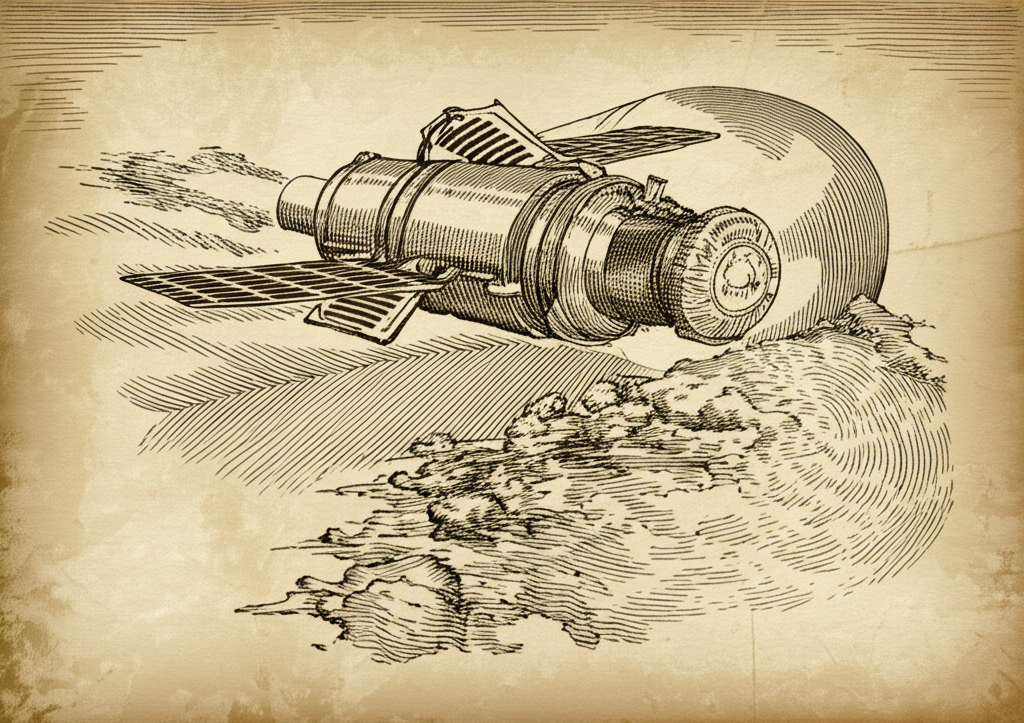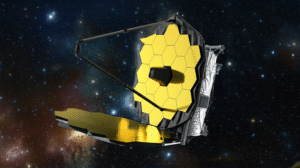The Evolution and Impact of Advanced Electric Propulsion Systems
Learn how advanced electric propulsion systems are transforming space missions with higher efficiency, longer durations, and sustainable deep space travel capabilities.

The Dawn of Space Propulsion
Space exploration has entered a new era with the shift from chemical to electric propulsion. This change marks a significant paradigm shift in how we approach space travel. Electric propulsion systems offer a cleaner, more efficient alternative to traditional methods.
Why Electric Propulsion?
Electric propulsion overcomes many limitations of traditional chemical rockets. Firstly, it provides greater efficiency by using less fuel for the same amount of thrust. Secondly, it reduces environmental impact, making space exploration more sustainable. Moreover, electric systems enable longer missions, opening new possibilities for deep space exploration.
Understanding Electric Propulsion Systems
The Science Behind the Technology
Electric propulsion systems use electricity to accelerate propellants. This method differs from chemical propulsion by offering higher efficiency. Electricity powers these systems, enabling longer space missions with less fuel.
Space travel benefits from electric propulsion’s efficiency. It allows spacecraft to achieve high speeds over time. This technology is key for deep space exploration.
Types of Electric Propulsion Systems
Electrothermal Thrusters
- Resistojets: Heat propellants using electrical resistance. This process increases thrust efficiency.
- Arcjets: Create thrust by passing an electric arc through the propellant. They offer higher performance than resistojets.
Electrostatic Thrusters
- Ion Thrusters: Ionize propellant to create thrust. They are known for their high efficiency.
- Gridded vs. RF: Gridded ion thrusters use grids to accelerate ions. RF ion thrusters use radio frequency for ionization.
- Field Emission Electric Propulsion (FEEP): Uses liquid metal as propellant. It provides precise thrust control.
Electromagnetic Thrusters
- Magnetoplasmadynamic (MPD) Thrusters: Generate thrust by accelerating plasma with magnetic fields. They are powerful but require high energy.
- Pulsed Plasma Thrusters (PPT): Produce thrust in pulses. They are compact and reliable for small satellites.
Measuring Success: Performance Metrics
Key Parameters
- Specific Impulse (Isp): Measures how efficiently an advanced electric propulsion system uses propellant. Higher Isp means better efficiency.
- Thrust: Indicates the force the system generates. Essential for movement in space.
- Power Consumption: Critical for balancing performance with available energy. Lower consumption extends mission life.
- Efficiency and Thrust-to-Power Ratio: Shows how well the system converts power into thrust. Higher ratios mean more effective propulsion.
- Propellant Utilization: Focuses on maximizing the use of every propellant molecule. Improves overall system sustainability.
The Building Blocks of Electric Propulsion
Electric propulsion systems rely on several core technologies to function efficiently in space. Each component plays a critical role in the system’s overall performance.
- Power Processing Units (PPUs): These units serve as the heart of the system. They convert electrical power into the right form for thrusters.
- Propellant Feed Systems: These systems ensure the steady delivery of fuel to the thrusters. Precision is key for optimal operation.
- Neutralizers: Neutralizers maintain the balance of ions in the thruster. This balance is crucial for functionality and efficiency.
- Materials Science: Space poses unique challenges. Advanced materials help systems withstand extreme temperatures and radiation.
Together, these technologies form the foundation of advanced electric propulsion systems. They enable longer missions and greater efficiency in space exploration.
Electric Propulsion in Action
Revolutionizing Space Missions
- Station Keeping and Orbit Adjustments: Advanced electric propulsion systems enable precise station keeping. They adjust orbits with unmatched accuracy, ensuring satellites stay on course.
- Interplanetary Travel: These systems bridge vast cosmic distances efficiently. They reduce travel time to distant planets, making interplanetary missions more feasible.
- Deep Space Exploration: Electric propulsion unlocks the potential for deep space exploration. It allows spacecraft to reach the outer solar system and beyond with less fuel.
- Asteroid Rendezvous and Sample Return: Mining the cosmos becomes possible with advanced electric propulsion. It enables spacecraft to rendezvous with asteroids, collect samples, and return them to Earth.
The Cutting Edge: Innovations and Future Directions
Breakthroughs in Electric Propulsion
- High-Power EP Systems: Engineers now scale electric propulsion (EP) systems for larger missions. This advancement supports longer, more ambitious space exploration.
- Miniaturized EP Systems: Small satellites benefit from compact EP systems. These innovations unlock new possibilities for low-cost space missions.
- Novel Propellants: Researchers tirelessly search for the ideal fuel. Their goal is to improve efficiency and reduce environmental impact.
- In-Space Electric Propulsion: EP technology extends beyond Earth’s orbit. It enables missions to distant planets and deep space exploration.
Navigating the Challenges
The Road Ahead
- Technology Readiness Levels (TRLs): Moving an advanced electric propulsion system from lab to launch requires careful progression through TRLs. Each level tests the system’s readiness for space.
- Cost vs. Benefit: Space travel economics demand a balance. Advanced systems must prove their value beyond traditional methods to justify investment.
- Radiation Hardness: Space’s harsh environment tests durability. Systems must withstand radiation without failing, ensuring long-term operation.
- System Integration: Combining an advanced electric propulsion system with spacecraft demands precision. Every component must work seamlessly together for mission success.
Conclusion
The Promise of Electric Propulsion
Electric propulsion (EP) systems mark a significant leap forward in space technology. They offer higher efficiency and longer mission durations than traditional methods. However, challenges like power requirements and thrust levels remain.
Looking ahead, EP could revolutionize space exploration. Missions to Mars and beyond may become more feasible. Moreover, satellites could achieve unprecedented operational lifespans. The future of space travel shines brighter with these advanced systems.









The text is in English. Here’s the comment and question in English:
Electric propulsion systems seem like a game-changer for space exploration. The shift from chemical to electric propulsion could revolutionize how we approach deep space missions. It’s fascinating how efficiency and sustainability are being prioritized in space technology. However, the challenges mentioned, like power requirements, make me wonder about the practical implementation. What are the main barriers to widespread adoption of electric propulsion in space travel?